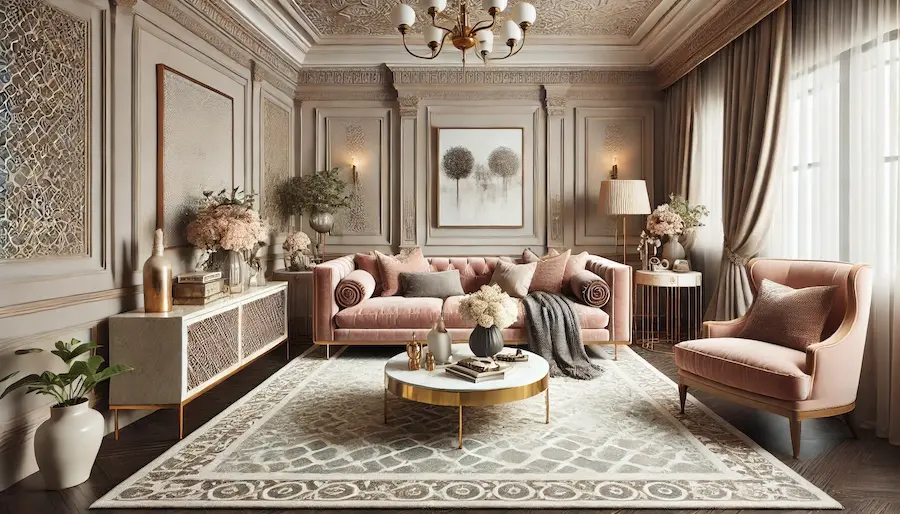A boutique-style living room captures the essence of luxury and personalized design, reminiscent of intimate, high-end hotel lounges. This approach combines elegance with comfort, creating a space that is both inviting and uniquely tailored to individual tastes.
History and Origins of Boutique-Style Design
The boutique design aesthetic draws inspiration from boutique hotels, which emerged in the 1980s as a counter to large, impersonal hotel chains. These establishments focused on personalized service and distinctive interiors, often reflecting the local culture and architecture. Translating this concept into residential spaces involves curating unique furnishings, rich textures, and bespoke elements that exude sophistication and individuality.
Key Features of a Boutique-Style Living Room
- Luxurious Materials: Incorporate high-quality fabrics such as velvet or silk for upholstery, and consider using materials like marble or polished wood for surfaces to evoke opulence.
- Statement Furniture: Select pieces that serve as focal points, such as a plush velvet sofa or an intricately designed coffee table, to anchor the room.
- Ambient Lighting: Utilize a combination of chandeliers, floor lamps, and wall sconces to create a warm and inviting atmosphere. Dimmers can be employed to adjust the mood as needed.
- Artistic Accents: Display curated artwork or sculptures that reflect personal taste, adding character and a sense of exclusivity to the space.
- Rich Color Palette: Employ deep, saturated colors like emerald green, royal blue, or rich burgundy to add depth and elegance. These hues can be balanced with neutral tones to prevent overwhelming the space.
Applications of Boutique-Style Design
This design approach can be adapted to various living room configurations:
- Small Spaces: Implementing boutique design elements can make a compact living room feel luxurious and well-appointed. Utilizing mirrors and strategic lighting can enhance the perception of space.
- Open Floor Plans: Define the living area with a statement rug and cohesive color scheme, creating a distinct boutique ambiance within a larger space.
Considerations When Choosing Boutique-Style Design
- Personalization: Ensure that the space reflects individual preferences and lifestyles, incorporating bespoke elements that tell a personal story.
- Balance: While opulence is key, it’s important to maintain a balance to avoid a cluttered or overly ornate appearance. Thoughtful selection of decor and furnishings can achieve this equilibrium.
- Functionality: Combine aesthetics with practicality to create a space that is not only beautiful but also comfortable and functional for daily use.
Conclusion
Designing a boutique-style living room involves a harmonious blend of luxury, personalization, and functionality. By focusing on high-quality materials, statement pieces, and individualized accents, one can create a space that mirrors the sophistication and exclusivity of boutique hotel interiors, tailored perfectly to the comforts of home.
